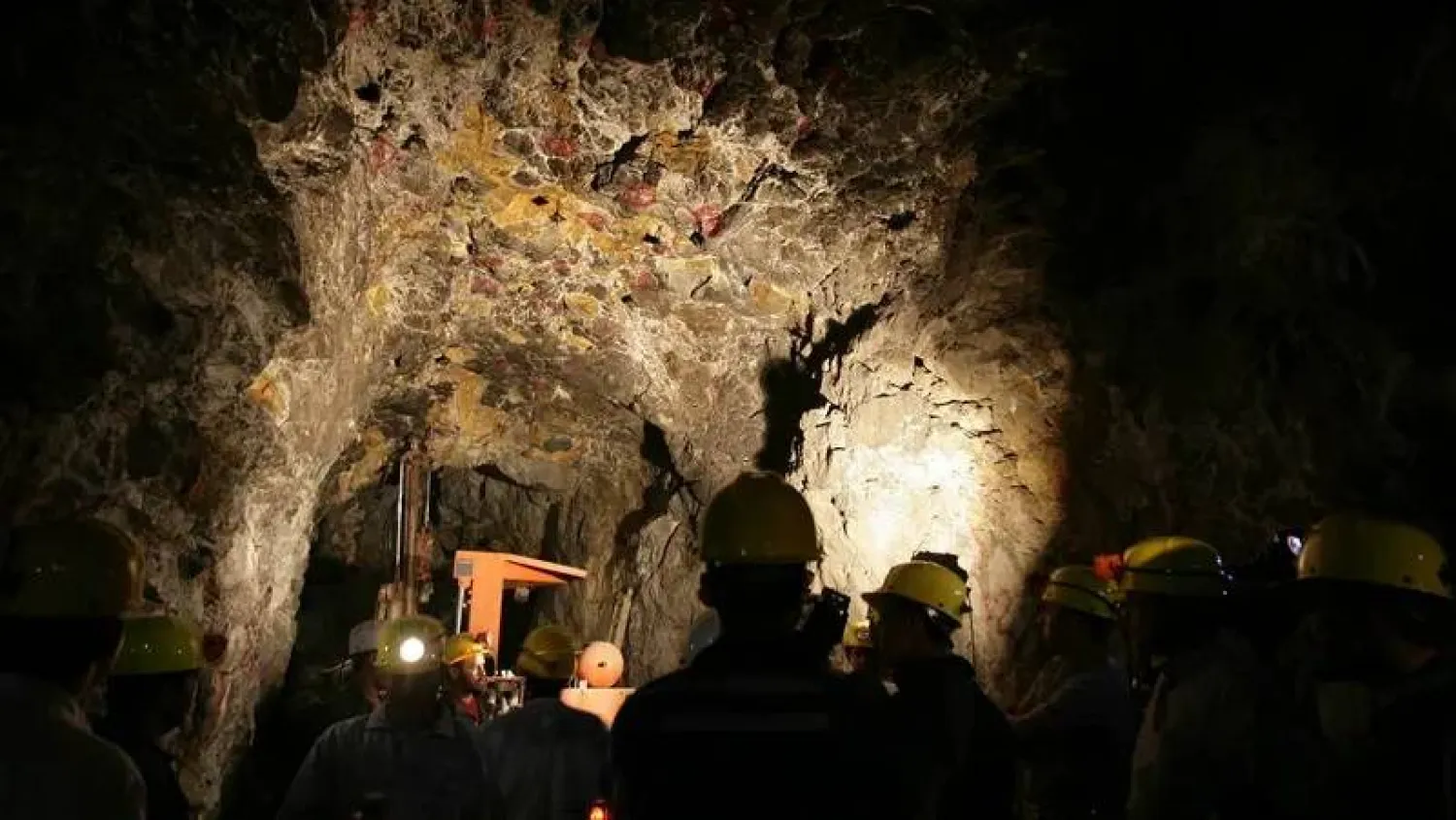Morocco’s Prime Minister Saadeddine Othmani called for establishing a national e-strategy which promotes the integration of digital technology for the African country to catch up with world countries, after its rank slid in the latest United Nations e-government survey.
In the UN E-Government Survey 2018, Morocco ranked the 110th out of 193 countries vetted worldwide. Before, Morocco ranked 85th.
It is also worth noting that Morocco’s ranking places it sixth among African countries.
The survey aims to promote E-Systems for governing member states of the UN, whereby world governments are asked to develop online platforms that better present public services and provide information concerning certain sectors.
It also measures e-participation and focuses on the use of online services to provide and facilitate citizen access to public information and services, interaction with stakeholders, and participation in the national decision-making processes.
“Morocco is betting on digital transformation in order to create a qualitative leap in economic and social development,” Othmani said.
“We need a combined vision to translate the digital transformation envisaged in our country and ensure maximum use of digital technologies.”
The prime minister went on explaining that aim of his vision for digital transformation is to “create new patterns that provide the comfort of the intruders in their relationship to public administration, nurture a positive atmosphere that increases competitiveness among Moroccan enterprises, especially in the digital market, and facilitate the actualization of Morocco's ambition for African economic integration.”
Othmani cited progress achieved by Morocco’s state institutions on developing online services pertaining to tax return statements for large and medium companies, some licenses such as construction permits, and customs import and export operations.







